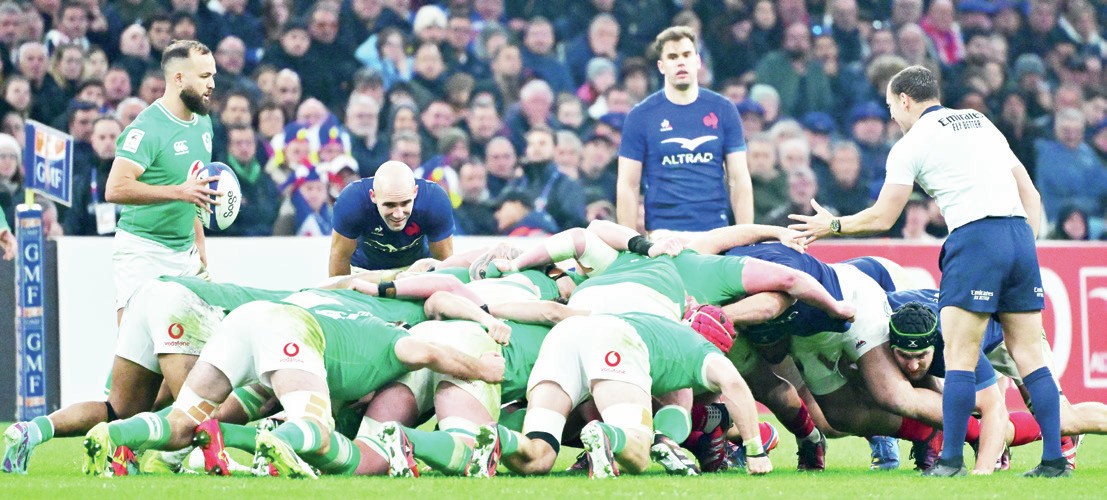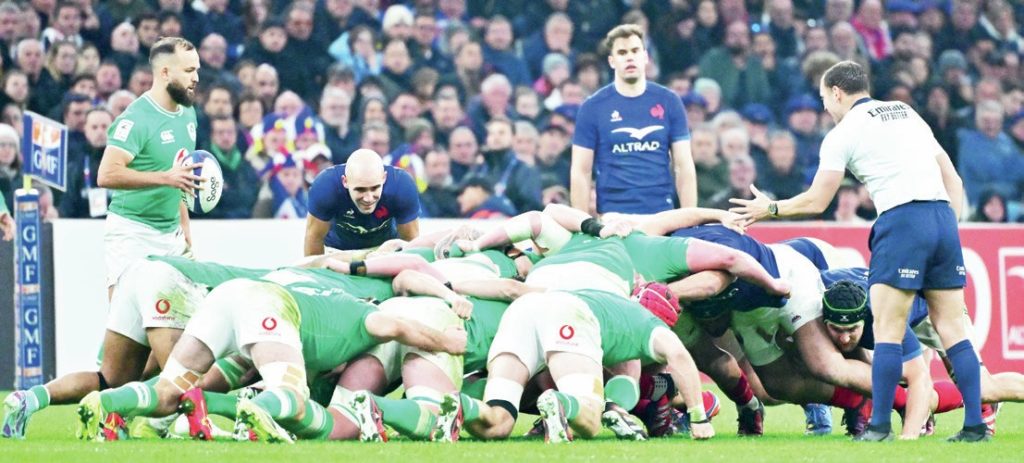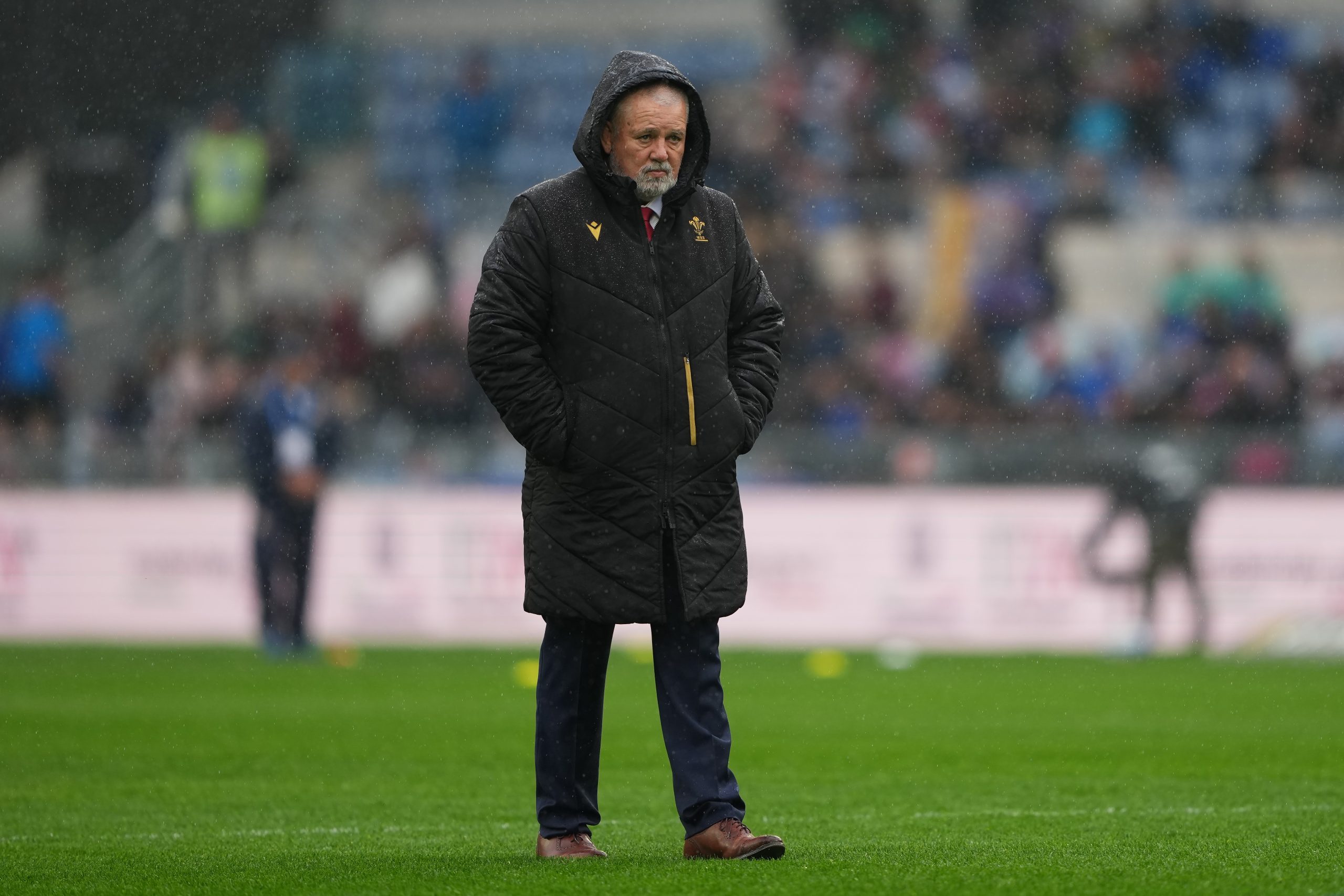
By Charlie Elliott
Recently, Ireland and France have been the biggest rivals in the Six Nations.
While it isn’t geographical and historical like other games in the tournament, such as the Calcutta Cup, this rivalry is based on the fact that both are head and shoulders above the rest right now.
England do still have hopes of the Championship, but need Les Bleus to do them a huge favour in Dublin.
For two nations who have had their good and bad moments, the clash between the two is one of the most exciting and is a great show of the different ways in which the game of rugby can be played.
Here is a rundown of the history between the two and why this game is so significant.

A Historical Overview
Ireland and France have been playing rugby against each other for over a century, with the first recorded match taking place in 1909.
However, it wasn’t until the professional era of rugby in the mid-1990s that their rivalry truly began to take shape.
Even then, it has only really been the past few years where they are both at the top end of the Six Nations on a consistent basis.
Over the decades, France’s flair for attacking rugby has often been a stark contrast to Ireland’s more structured and disciplined style.
This difference in approach, coupled with the high stakes of the Six Nations, has created an electric atmosphere when the two teams meet.
In the past, the rivalry saw moments of dominance from both teams. France, with their unpredictable and free-flowing style, often had the upper hand, especially during the 1980s and 1990s.
Ireland, meanwhile, has traditionally been a more structured and methodical team, relying on tactical discipline and a powerful forward pack.
But as both teams have grown more consistent and adaptable, the rivalry has evolved, especially in the 21st century, into the defining game of the Six Nations over the past few years.
French Resurgence
France have experienced a resurgence in recent years, particularly under the guidance of coach Fabien Galthie.
After a period of inconsistency and frustration, France began to emerge as one of the most exciting teams in world rugby, blending flair with structure.
The rise of players like Antoine Dupont, Romain Ntamack, and Gregory Alldritt has transformed the French team into a dynamic, attacking force capable of outplaying any opposition.
In 2021, France made a statement by pushing Wales, England and Ireland to their limits, with their clash against Ireland in the Six Nations that year a perfect example of their growing strength, winning 15-13 in Dublin.
It highlighted the attacking brilliance of the French team and their ability to challenge even the most organised defensive teams.
Dupont, in particular, emerged as a key figure in their success, a player who could control the pace of the game and unlock opposition defenses with ease.
This encounter was a reminder that while Ireland’s structured, disciplined approach has served them well in recent years, France’s unpredictable style of play always keeps opponents guessing.
It demonstrated the clash of styles that defines the rivalry, Ireland’s control and precision against France’s flair and ambition.
But that tournament demonstrated the inconsistency that plagues French rugby, with them losing disappointingly at home to Scotland in a rescheduled game to kill all hopes of a title.
Three-peat prevention
Having won the last two Six Nations, Ireland are an unstoppable force at the moment.
Realistically, France are the only team who can stop them now, with Italy their final day opponents.
A win for Les Bleus blows the competition wide open, with it looking likely to be a three-way shootout between the two teams and England on the final day, with each side playing different nations.
If Ireland are to win, it all but guarantees their three-peat and probably the Grand Slam.
This is a key game to decide whether the last day is going to be one to remember or a somewhat straightforward affair.
As mentioned, French rugby is so inconsistent that they could feasibly dominate their hosts but equally could lose by a huge margin.
READ MORE: Six Nations – France and Ireland combined 23-man squad
























You must be logged in to post a comment Login